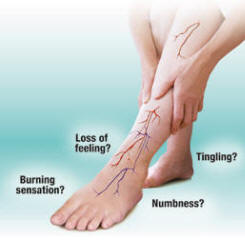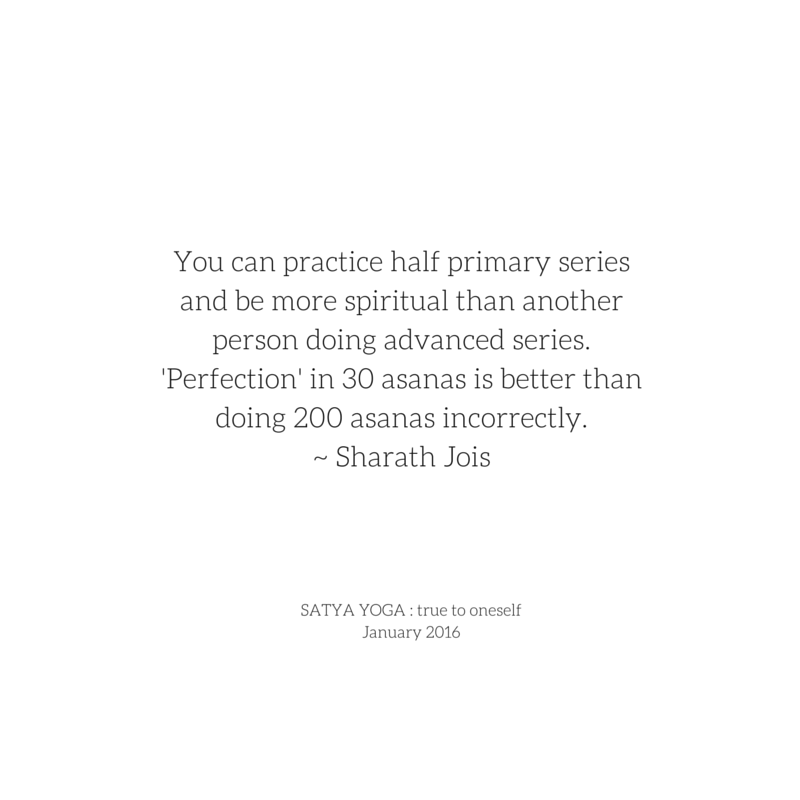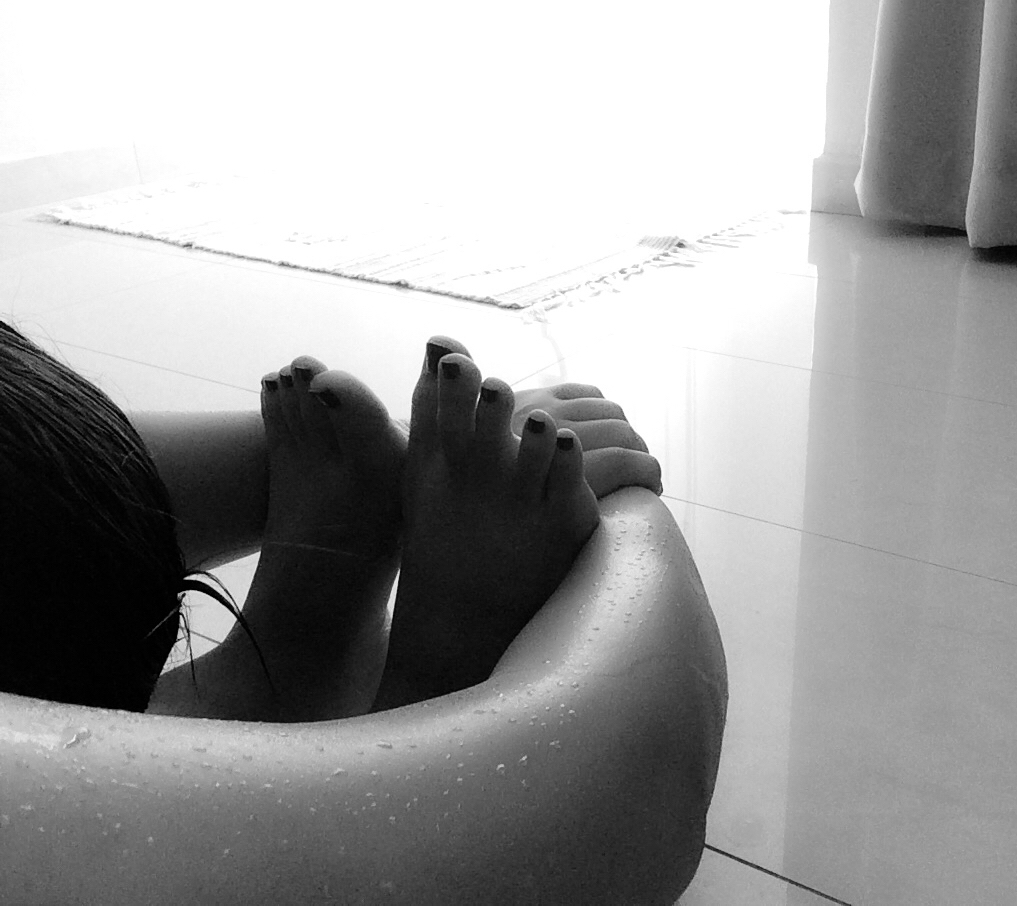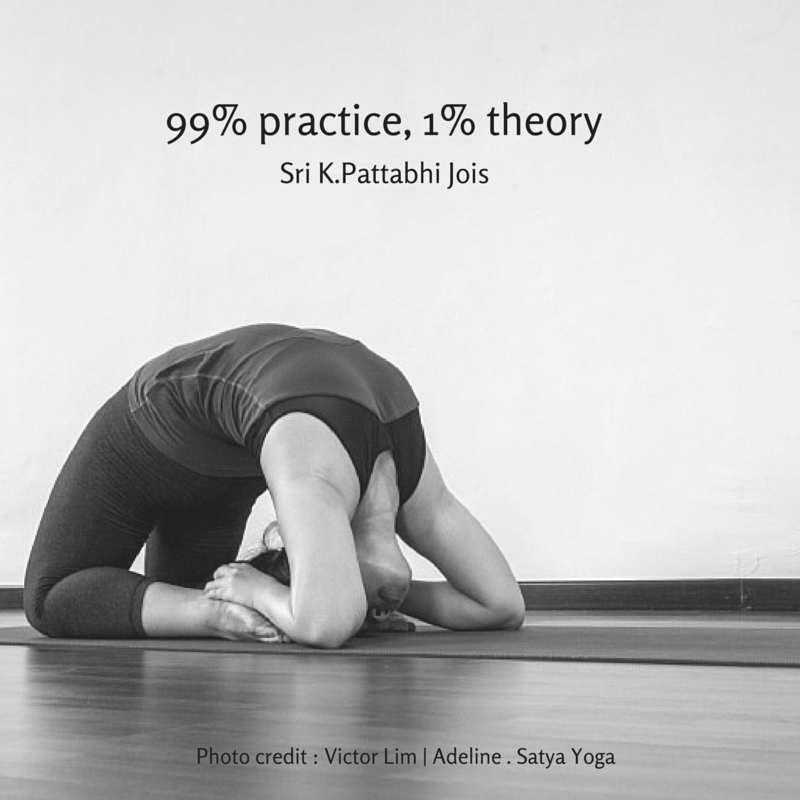Symptoms of Walking Pneumonia – What to Look For

Walking pneumonia is when some healthcare professionals describe a mild case of pneumonia as simple walking pneumonia. A doctor may call this “SARS” because it is not quite like other serious cases of pneumonia. This type of pneumonia is usually caused by the bacteria M. pneumoniae. There are many factors that can be causing this condition and some things should be avoided.
Walking pneumonia usually starts two to three weeks before you get sick. Sometimes symptoms may appear even before you get an infection. It is a very common cause of illness in children and the elderly, usually caused by poor ventilation or poor hygiene at home. If you or someone in your family has ever had this condition, you know that this condition is difficult to get rid of. Here are some of the main causes of pedestrian pneumonia.
If you have bacterial infections such as pneumonia, it is important to get the infection cleaned up as soon as possible. There are many ways to treat this condition, and some of them include antibiotics, anti-inflammatory drugs, and decongestants.
Walking pneumonia can occur anywhere and can be spread from person to person. The bacteria that cause this disease live in the air you breathe and it is highly contagious. This disease can be contracted through unprotected contact with bacteria. If your lungs are blocked, you will not be able to breathe.
Some people cannot get infected with these bacteria. If you are at risk, the best advice you can take is to maintain a healthy and clean environment around you. Make sure you are not coughing or sneezing. Keep your hands away from your face and mouth and try to avoid contact with sick people.
There are several simple ways to prevent this condition, one of the most important is to wear suitable clothing. Wear loose-fitting clothing that is long enough to bend and reach without bending over

It is also important to wear suitable footwear. Always wear quality waterproof sneakers because walking barefoot will not help you at all. Wearing high heels won't help either. When walking outdoors, wear socks because they absorb moisture and this will help reduce the chance of getting wet and therefore allow bacteria to grow in your lungs.
Other common causes of this condition include colds, viral illnesses such as colds, diarrhea, and a weakened immune system. Avoiding this and treating any underlying health problems can help you prevent this condition from escalating into this condition.
Symptoms of pneumonia when walking include coughing and soreness in the chest and throat. These symptoms can also be present along with wheezing and shortness of breath. These are the most common symptoms, and while they are not life-threatening, they can be embarrassing to deal with, especially if you don't have a strong support system.
Walking pneumonia can be easily prevented by avoiding direct contact with bacteria. This includes contact with sick and infectious people. who is in contact with an infected person? If you have a weak immune system, you should wear suitable footwear and a face mask if you are going to be around someone with this condition.
Walking pneumonia in most cases cannot be cured, but it can be prevented and cured of bacteria. if you follow these simple precautions.
The right footwear is essential to prevent this condition and stay healthy so that you can enjoy a healthy walk, enjoy the sun, and enjoy your outdoor activities. You can also learn more about this condition and the various treatments available to help you get rid of it.



